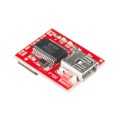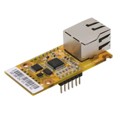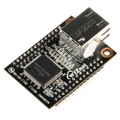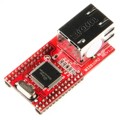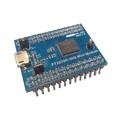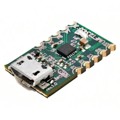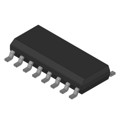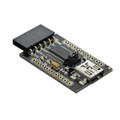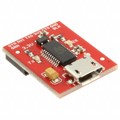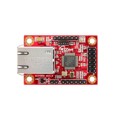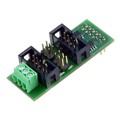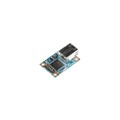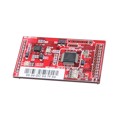1. Industrial Automation
In industrial automation, terminal block interface modules are used to connect sensors, actuators, and control systems. They facilitate the seamless transmission of signals and power, ensuring efficient and reliable operation of automated processes.
2. Telecommunications
Telecommunications systems rely on terminal block interface modules to manage connections between various communication devices and networks. These modules help maintain signal integrity and reduce interference, crucial for maintaining high-quality communication.
3. Energy and Power Distribution
In the energy sector, terminal block interface modules are used in power distribution systems to connect transformers, circuit breakers, and other electrical components. They ensure safe and efficient power transmission across the grid.
4. Building Automation
Building automation systems utilize terminal block interface modules to connect HVAC systems, lighting controls, and security systems. These modules enable centralized control and monitoring, enhancing energy efficiency and building management.
5. Transportation
In transportation, terminal block interface modules are employed in vehicles and infrastructure to connect various electronic systems. They support the integration of navigation, communication, and safety systems, contributing to the overall functionality and safety of transportation networks.

